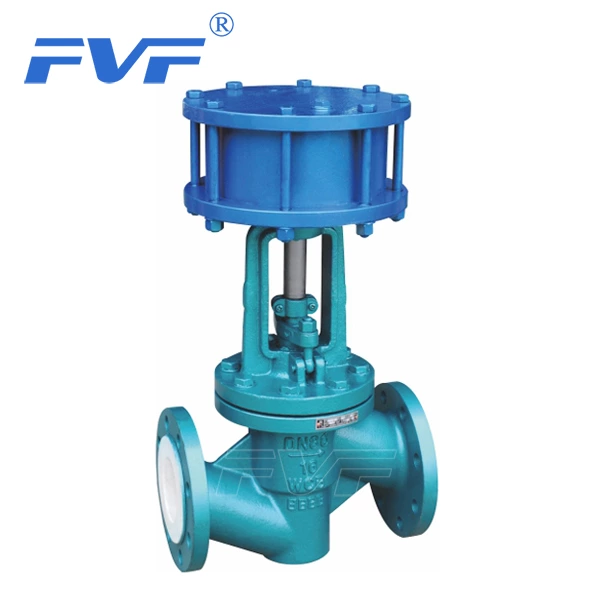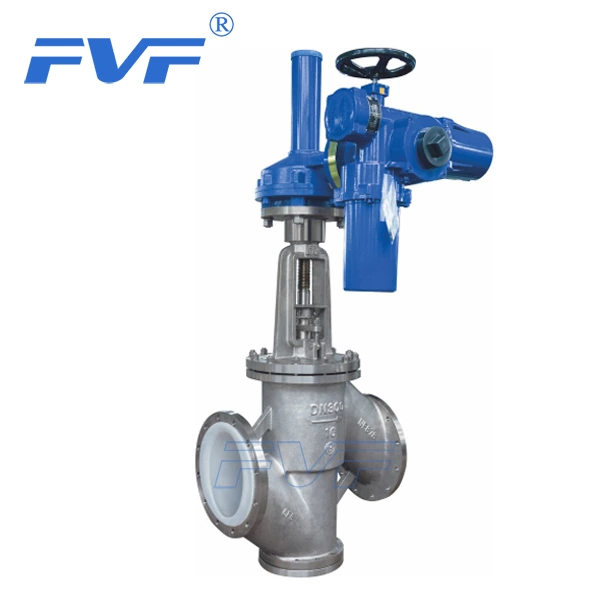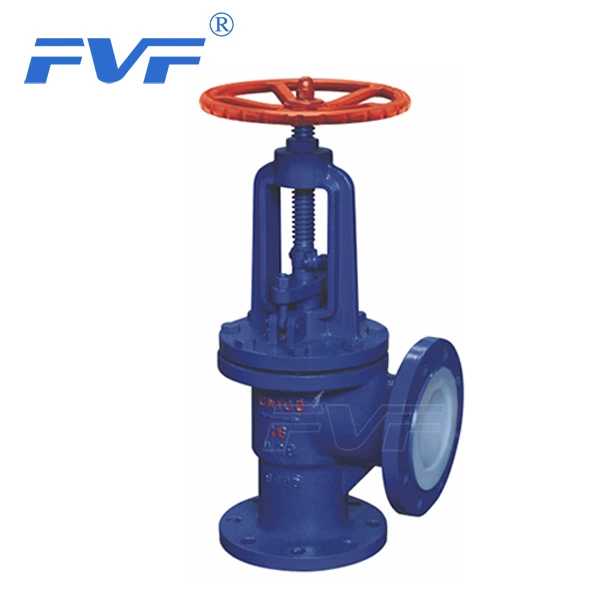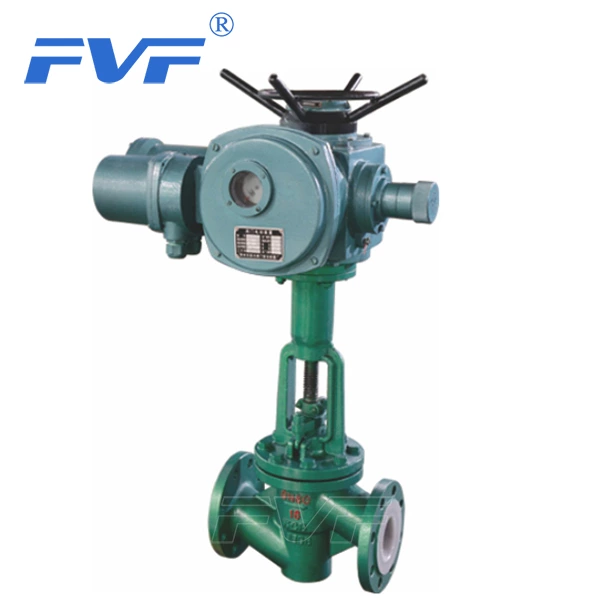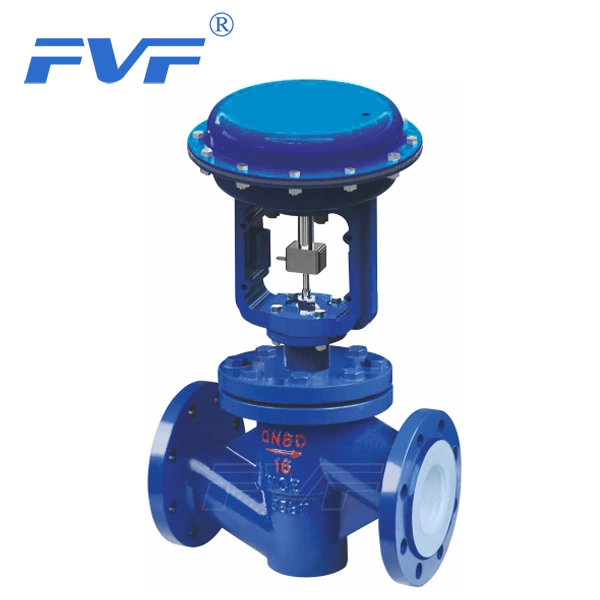Valve Terminology
1-01、Lined Valve A general term for mechanical products with movable mechanisms used to control the flow of media in pipelines.
1-02、General valve Generalvalve A valve commonly used on pipelines in various industrial enterprises.
1-03、Gate valve, slide valve A valve whose opening and closing parts (gate valves) are driven by the valve stem and move up and down along the valve seat sealing surface.
1-04、Globe valve, stop valve A valve whose opening and closing parts (valve flaps) are driven by the valve stem and move up and down along the axis of the valve seat (sealing surface).
1-05、Throttle valve A valve that changes the cross-sectional area of the passage through the opening and closing parts (valve flaps) to adjust the flow and pressure.
1-06、Ball valve Ball valve A valve whose opening and closing parts (balls) rotate around the axis perpendicular to the passage.
1-07、Butterfly valve Butterfly valve A valve whose opening and closing parts (butterfly plates) rotate around a fixed axis.
1-08, Diaphragm Valve Diaphragm Valve The opening and closing parts (diaphragm) are driven by the valve stem, and move up and down along the axis of the valve stem, and the action mechanism is separated from the medium.
1-09, Cock, plug The valve whose opening and closing parts (plugs) rotate around their axis.
1-10, Check valve, Non-return valve The opening and closing parts (valve discs) automatically prevent the medium from flowing back by the force of the medium.
1-11, Safety valve Safety valve An automatic valve that does not use any external force, but uses the force of the medium itself to discharge a rated amount of fluid to prevent the pressure in the system from exceeding the predetermined safety value. When the pressure returns to normal, the valve closes again and prevents the medium from continuing to leave.
1-12, Pressure reducing valve Pressure reducing valve The valve that reduces the pressure by throttling the opening and closing parts, and uses the energy of the medium itself to automatically make the pressure behind the valve meet the predetermined requirements.
1-13. Automatic steam trap Trap A valve that automatically discharges condensate and prevents steam leakage.
1-14. Low pressure valve Low pressure valve Various valves with a nominal pressure of less than 1.6MPa.
1-15. Middle pressure valve Middle pressure valve Various valves with a nominal pressure of 2.5~6.4MPa.
1-16. High pressure valve High pressure valve Various valves with a nominal pressure of 10~80MPa.
1-17. Super high pressure valve Super high pressure valve Various valves with a nominal pressure greater than 100MPa.
1-18. High pressure valve High pressure valve Various valves used for medium temperatures>450C.
1-19. Sub-zero valve Sub-zero valve Various valves used for medium temperatures of -40~ -100C.
1-20. Cryogenic valve Cryogenic valve Used for medium temperatures
Classification by purpose and function
0 cut-off valve Mainly used to cut off or connect medium flow. Including gate valves, stop valves, diaphragm valves, ball valves, plug valves, butterfly valves, plunger valves, ball plug valves, needle-type instrument valves, etc.
1 Regulating valves Mainly used to adjust the flow and pressure of the medium. Including regulating valves, throttle valves, pressure reducing valves, etc.
2 Check valves Used to prevent the backflow of the medium. Including check valves of various structures.
3 Diverter valves Used to separate, distribute or mix media. Including distribution valves and steam traps of various structures.
4 Safety valves Used for safety protection when the medium is overpressured. Including various types of safety valves Classified by main parameters
(I) Classification by pressure, 〈〉 Vacuum valves Valves with working pressure lower than standard atmospheric pressure.
1 Low-pressure valves Valves with nominal pressure PN less than 1.6MPa.
2 Medium-pressure valves Valves with nominal pressure PN 2.5~6.4MPa.
3 High-pressure valves Valves with nominal pressure PN10.0~80.0MPa.
4 Ultra-high pressure valves Valves with a nominal pressure PN greater than 100MPa.
(II) Classification by medium temperature
1 High temperature valves Valves with t greater than 450C.
2 Medium temperature valves Valves with t less than 120C and t less than 450C.
3 Normal temperature valves Valves with t less than -40C and t less than 120C.
4 Low temperature valves Valves with t less than -100C and t less than -40C.
5 Ultra-low temperature valves Valves with t less than -100C.
(III) Classification by valve body material
1 Non-metallic material valves: such as ceramic valves, glass fiber reinforced plastic valves, and plastic valves.
2 Metal material valves: such as copper alloy valves, aluminum alloy valves, lead alloy valves, titanium alloy valves, monel alloy valves, cast iron valves, carbon steel valves, cast steel valves, low alloy steel valves, and high alloy steel valves.
3 Metal body lined valves: such as lead lined valves, plastic lined valves, and enamel lined valves.
(IV) General classification method
This classification method is based on principle, function and structure, and is the most commonly used classification method both internationally and domestically. Generally divided into gate valves, stop valves, throttle valves, instrument valves, plunger valves, diaphragm valves, plug valves, ball valves, butterfly valves, check valves, pressure reducing valves, safety valves, steam traps, regulating valves, foot valves, filters, drain valves, etc.
